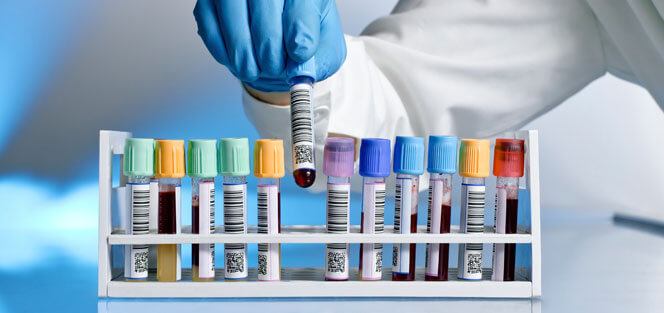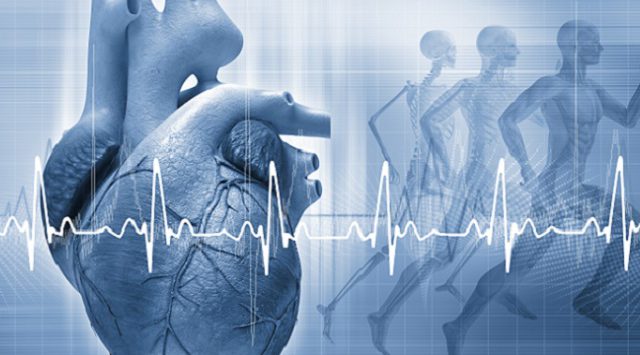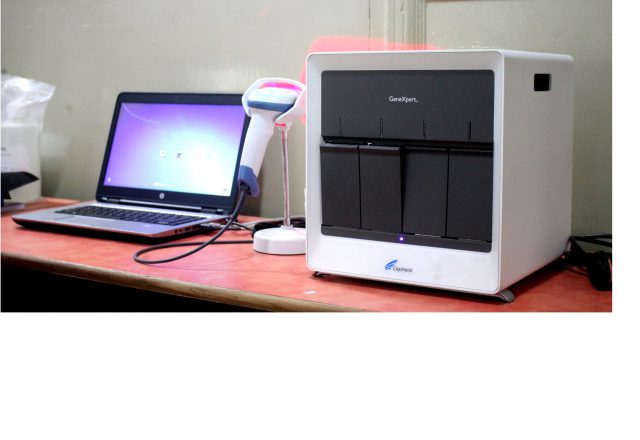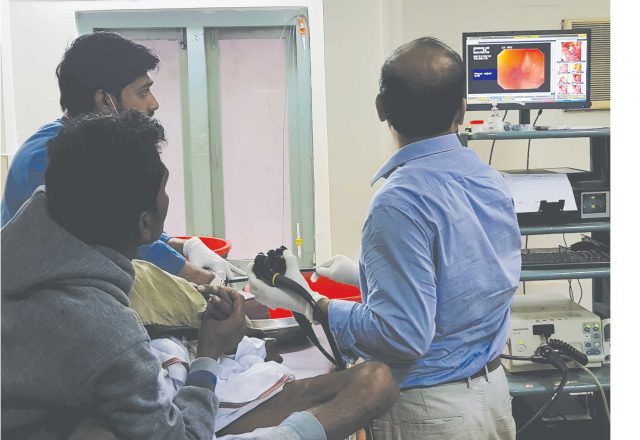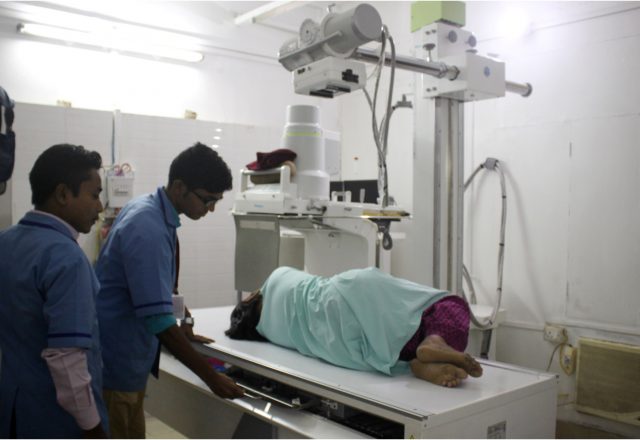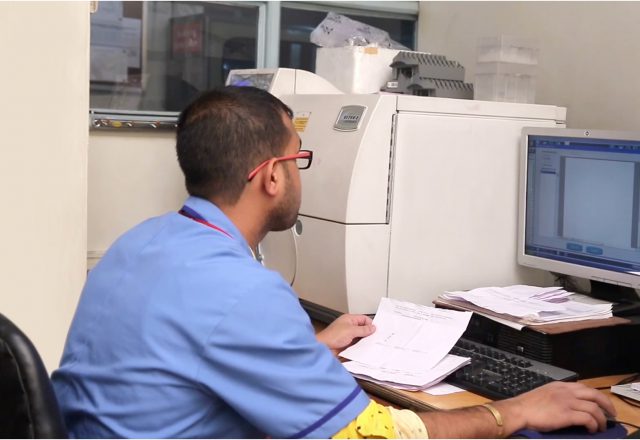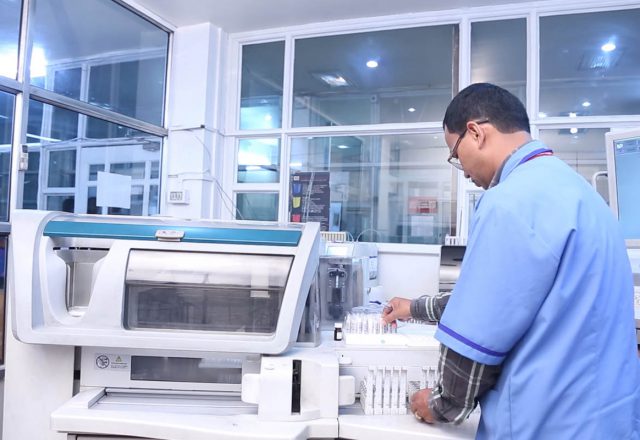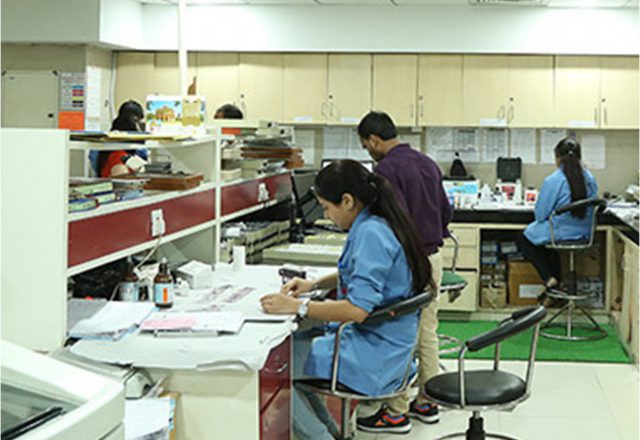PATHOLOGY
Find out moreCardiology
Cardiology is a medical specialty and a branch of internal medicine concerned with disorders of the heart. It deals with the diagnosis and treatment of such conditions as congenital heart defects, coronary artery disease, electrophysiology, heart failure and valvular heart disease. Subspecialties of the cardiology field include cardiac electrophysiology, echocardiography, interventional cardiology and nuclear cardiology. Cardiovascular […]
Find out morePCR
Polymerase chain reaction (PCR) is a common laboratory technique used to make many copies (millions or billions!) of a particular region of DNA. This DNA region can be anything the experimenter is interested in. For example, it might be a gene whose function a researcher wants to understand, or a genetic marker used by forensic […]
Find out moreEndoscopy-Colonoscopy
Endoscopy is the insertion of a long, thin tube directly into the body to observe an internal organ or tissue in detail. It can also be used to carry out other tasks including imaging and minor surgery. Endoscopes are minimally invasive and can be inserted into the openings of the body such as the mouth […]
Find out moreX Ray
X-rays are a type of radiation called electromagnetic waves. X-ray imaging creates pictures of the inside of your body. The images show the parts of your body in different shades of black and white. This is because different tissues absorb different amounts of radiation. Calcium in bones absorbs x-rays the most, so bones look white. […]
Find out moreDental OPG
An OPG is a panoramic or wide view x-ray of the lower face, which displays all the teeth of the upper and lower jaw on a single film. It demonstrates the number, position and growth of all the teeth including those that have not yet surfaced or erupted. It is different from the small close […]
Find out moreMolecular Biology
Molecular biology is a branch of biology that concerns the molecular basis of biological activity between biomolecules in the various systems of a cell, including the interactions between DNA, RNA, proteins and their biosynthesis, as well as the regulation of these interactions. Writing in Nature in 1961, William Astbury described molecular biology as: …not so much a technique as an approach, an approach from the viewpoint of the so-called basic sciences with the […]
Find out moreMicro Biology
Microbiology is the study of microorganisms, those being unicellular (single cell), multicellular (cell colony), or acellular (lacking cells). Microbiology encompasses numerous sub-disciplines including virology, parasitology, mycology and bacteriology. Eukaryotic microorganisms possess membrane-bound cell organelles and include fungi and protists, whereas prokaryotic organisms—all of which are microorganisms—are conventionally classified as lacking membrane-bound organelles and include Bacteria and Archaea. Microbiologists traditionally relied on culture, staining, and microscopy. However, less than 1% of the microorganisms present in common environments can be cultured in […]
Find out moreBio Chemistry
Biochemistry, sometimes called biological chemistry, is the study of chemical processes within and relating to living organisms. Biochemical processes give rise to the complexity of life. A sub-discipline of both biology and chemistry, biochemistry can be divided in three fields; molecular genetics, protein science and metabolism. Over the last decades of the 20th century, biochemistry has through these three disciplines become successful at explaining living processes. Almost all areas […]
Find out moreHisto & Cyto Pathology
Cytopathology is commonly used to investigate diseases involving a wide range of body sites, often to aid in the diagnosis of cancer, but also in the diagnosis of some infectious diseases and other inflammatory conditions. For example, a common application of cytopathology is the Pap smear, a screening tool used to detect precancerous cervical lesions which may lead to cervical cancer. […]
Find out more

